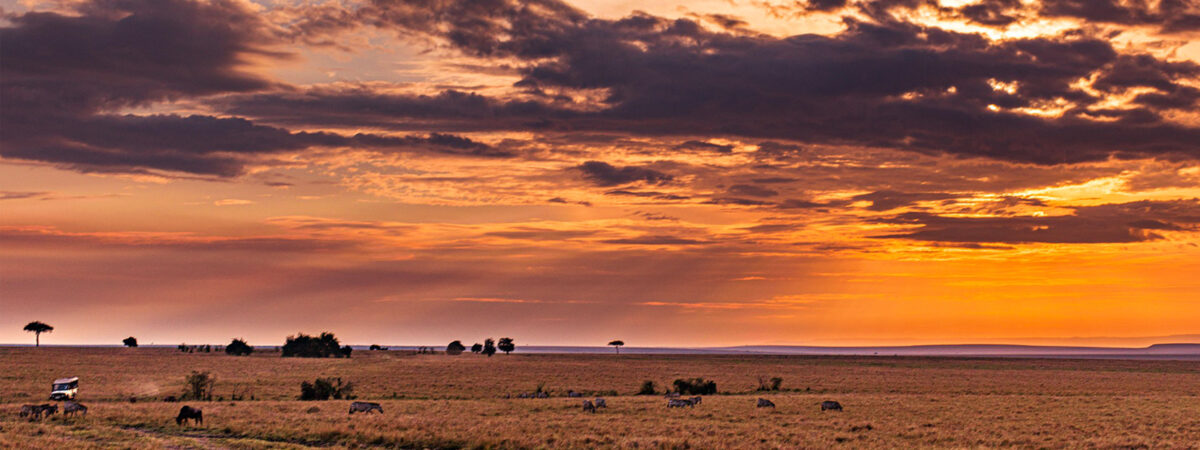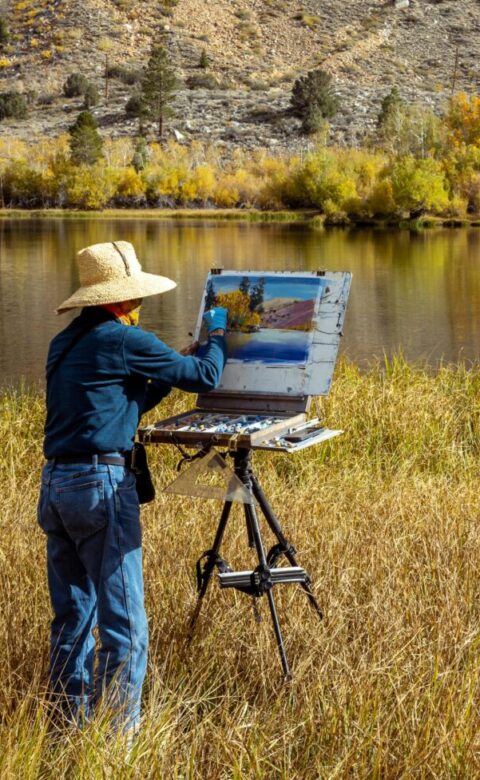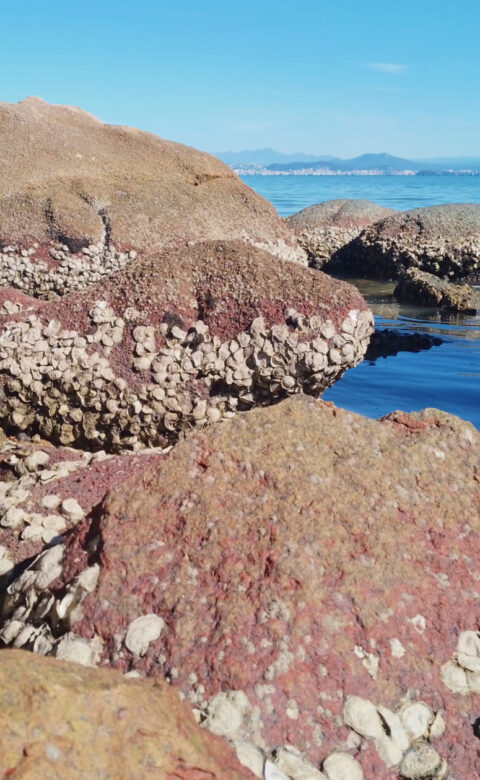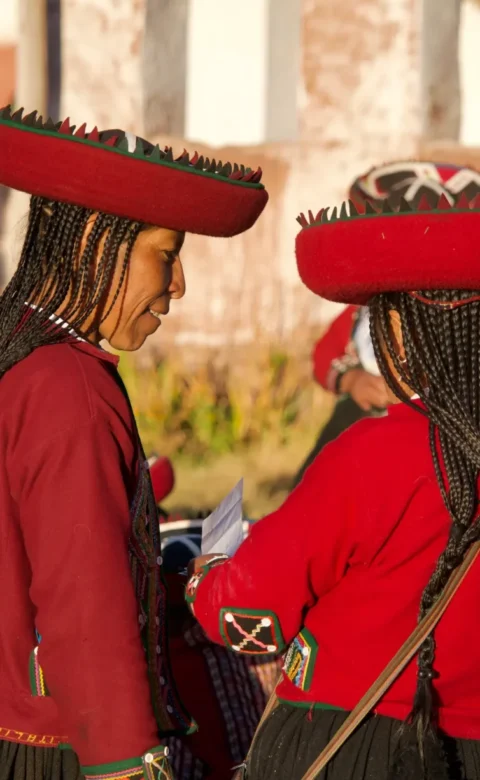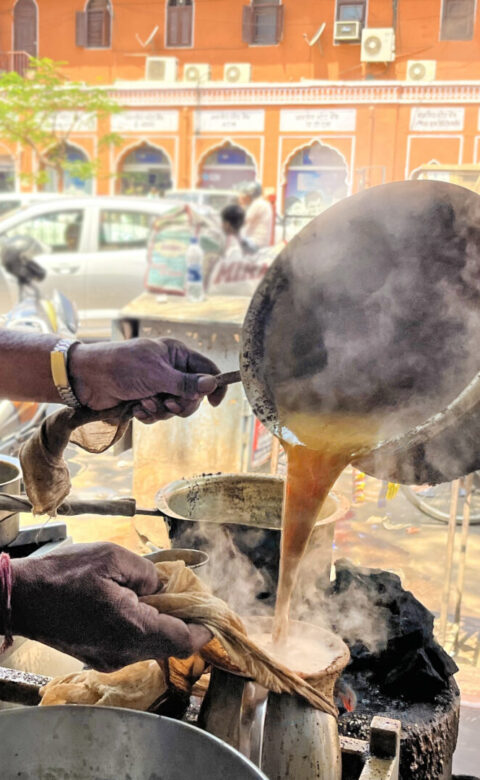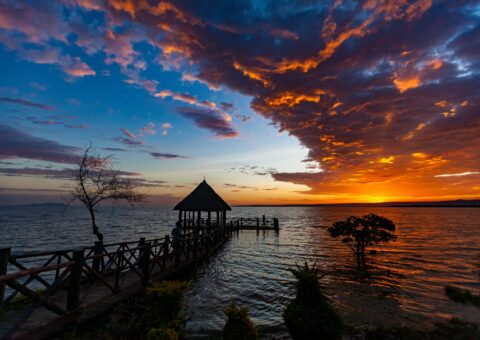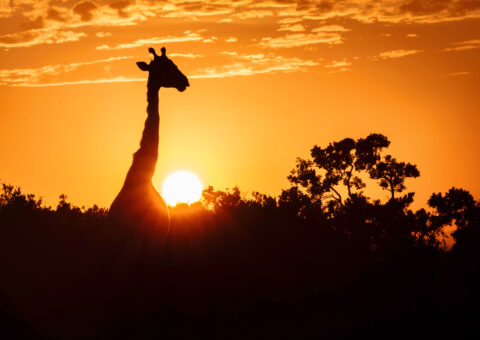Kajiado got its name from the word “Olkeju-ado” meaning “The Long River” in the Maasai language. It is home to Amboseli National Park, which traverses Kenya and Tanzania and is known for safaris. The weather is fairly hot throughout the year, and the first thing that will catch your eye when you get to this town is the many Maasai people in their colourful shukas. You’ll also spot Maasai men carrying polished clubs (rungus) and walking sticks. This is where I usually spend my Christmas holidays.
Christmas is a big deal in my family. It’s the time that we all come together to celebrate in Kajiado. Although my three siblings and I are married and have kids of our own, we all gather for Christmas with our parents as has always been our tradition.
In 2020, we weren’t able to meet due to the inter-county cessation of movement enforced by the government. So, the following year, we couldn’t wait to celebrate together. We embarked on the 100km journey to Kajiado my home county, with my husband and two kids all ecstatic and looking forward to a happy holiday after being cooped up indoors for over a year.
On the day of Christmas Eve, I woke up with an awful toothache. It had been bothering me for some weeks on and off, and going to the dentist just seemed to temporarily numb the pain only for it to come back at the most inappropriate times. Taking breakfast was out of the question since I had a splitting headache, and even an attempt to open my mouth was stopped by the sharp pain in my wisdom tooth.
I asked my dad where I could find a good dentist and explained to him how I had been dealing with the pain for months without a solution. Since most dentists had closed for the holidays, my dad directed me to mzee Ole Kina, a renowned herbalist in the area. My brother volunteered to take me there since he had also been treated and knew the way.

When we got to Ole Kina’s compound, we were greeted by his cheerful wife yeyo Lasoi. She directed us to her husband’s enkaji in the middle of the boma (enclosure). Ole Kina welcomed us into the house and we bowed for the man to touch our heads for greetings in the Maa tradition. His wife wanted to offer us something as it’s the norm but we respectfully declined her offer.
I poured out my troubles to Ole Kina. Before treating me, mzee took his time to teach us about the importance of trees and herbal plants in the Maasai community, and their cultural and medicinal use. Maasai huts— like the enkaji we were sitting in — are constructed by women using sticks, cow dung, urine, and mud, among other materials. Since they are temporary structures, the women source twigs and sticks from the available trees.
Besides using trees for building, the Maasai also sculpt their clubs (rungus), making spears and walking sticks from the African olive trees, also known as “Oloerien” in the Maa language. The brown olive tree is used in many Maasai cultural events, including the circumcision ceremony for boys. During the ceremony, the community celebrates the transition of the boys from childhood to adulthood, and into warriorhood too. The Maasai people hang olive branches at the village entrances to let everyone know what is going on.

As a community best known for its keto diet of fatty meat, blood, and milk, I was surprised to discover how much they rely on and revere herbs and plants. After the learning session, Ole Kina then proceeded to retrieve a jar filled with a brownish powder, which he gave me to put on the aching tooth. While the taste was not the best due to its bitterness, the pain subsided almost immediately, and I couldn’t believe that all it took was a tiny amount of that magical substance.
I got curious and asked him what he had treated me with. Ole Kina explained that the Maasai use the sogonoi plant to cure toothaches. The plant has been used for its medicinal properties for centuries, and he explained that the community was obligated to protect it due to its value as an effective treatment. Its bark is chopped into tiny pieces, dried, and finally ground into a fine powder. Unlike urban dwellers who use electric grinders to effortlessly crush things into powder, the Maasai use a grinding stone. A lot of hard physical work goes into making these medicines that are treasured by the Maa community.
Ole Kina explained to us that he has never been to a hospital, and if he gets sick, all he needs is to get the right herbal medicine for the illness. He even treats snake bites which are common in the area. Ole Kina also uses herbs to treat his livestock and that of his neighbours. His biggest problem was that more people were buying the land around them and cutting down all the medicinal trees to build their mansions.

As he explained this, his eyes got teary, and we could see the pain he felt knowing that people didn’t care that the same trees they were felling could someday save their lives. According to him, his community is educated to take care of the plants and trees around them. In return, the trees help attract rainfall, which feeds the grass for their cattle, and they also get medicine from them.
He showed us some plants that I didn’t know were medicinal. I had been treating them as weeds and uprooting them at any given chance. Although Ole Kina doesn’t even have a high school education, his expertise and knowledge in herbal medicine is unparalleled. That day, I went home with not only toothache medicine, but also a different view of what is around me. While I always plant a tree when I can, that day, I learned that plants have far more benefits than we think.

